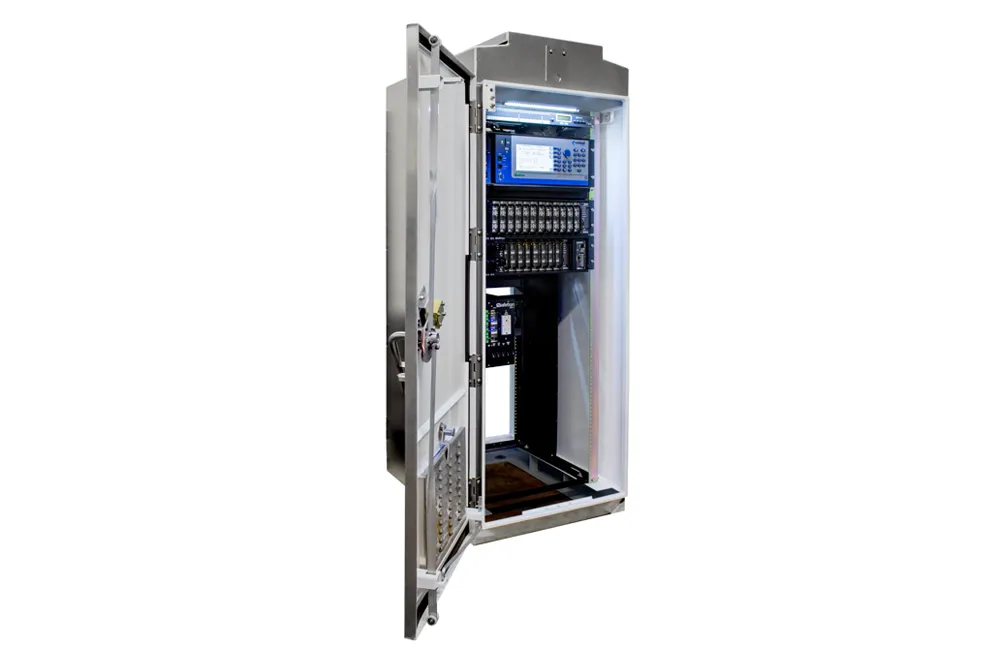UK-headquartered Paragon Software Systems has developed a low bridge avoidance mapping option for all UK versions of its routing and scheduling optimisation software. The optional Navteq mapping functionality eliminates the need to enter bridge height data manually into Paragon, simplifying and streamlining the creation of cost-effective, feasible transport plans that enable high vehicles to avoid low bridges on British roads. Users can enter their own bridge height data if necessary, but with this new opti
November 6, 2012
Read time: 2 mins
UK-headquartered 6837 Paragon Software Systems has developed a low bridge avoidance mapping option for all UK versions of its routing and scheduling optimisation software.
The optional Navteq mapping functionality eliminates the need to enter bridge height data manually into Paragon, simplifying and streamlining the creation of cost-effective, feasible transport plans that enable high vehicles to avoid low bridges on British roads. Users can enter their own bridge height data if necessary, but with this new option, Paragon makes it much easier to create practical routes using the latest accurate information from the outset.
The software shows low bridge locations on the digital maps and users can define the height of each vehicle and trailer type in their fleet. This enables the software to create routes that avoid low bridges according to the height of the vehicle or trailer being used and prevents drivers having to take detours that can add more mileage to the route.
“Low bridge restrictions can have a significant impact on routing accuracy for rigid and articulated fleets and so we are offering this new data option to make it easier for users to take account of them,” says Paragon Support Director, Phil Ingham. “As a result, more accurate routing will mean more acceptable routes for drivers, fewer unplanned driver detours and less mileage discrepancies during driver debrief.”
The optional Navteq mapping functionality eliminates the need to enter bridge height data manually into Paragon, simplifying and streamlining the creation of cost-effective, feasible transport plans that enable high vehicles to avoid low bridges on British roads. Users can enter their own bridge height data if necessary, but with this new option, Paragon makes it much easier to create practical routes using the latest accurate information from the outset.
The software shows low bridge locations on the digital maps and users can define the height of each vehicle and trailer type in their fleet. This enables the software to create routes that avoid low bridges according to the height of the vehicle or trailer being used and prevents drivers having to take detours that can add more mileage to the route.
“Low bridge restrictions can have a significant impact on routing accuracy for rigid and articulated fleets and so we are offering this new data option to make it easier for users to take account of them,” says Paragon Support Director, Phil Ingham. “As a result, more accurate routing will mean more acceptable routes for drivers, fewer unplanned driver detours and less mileage discrepancies during driver debrief.”









